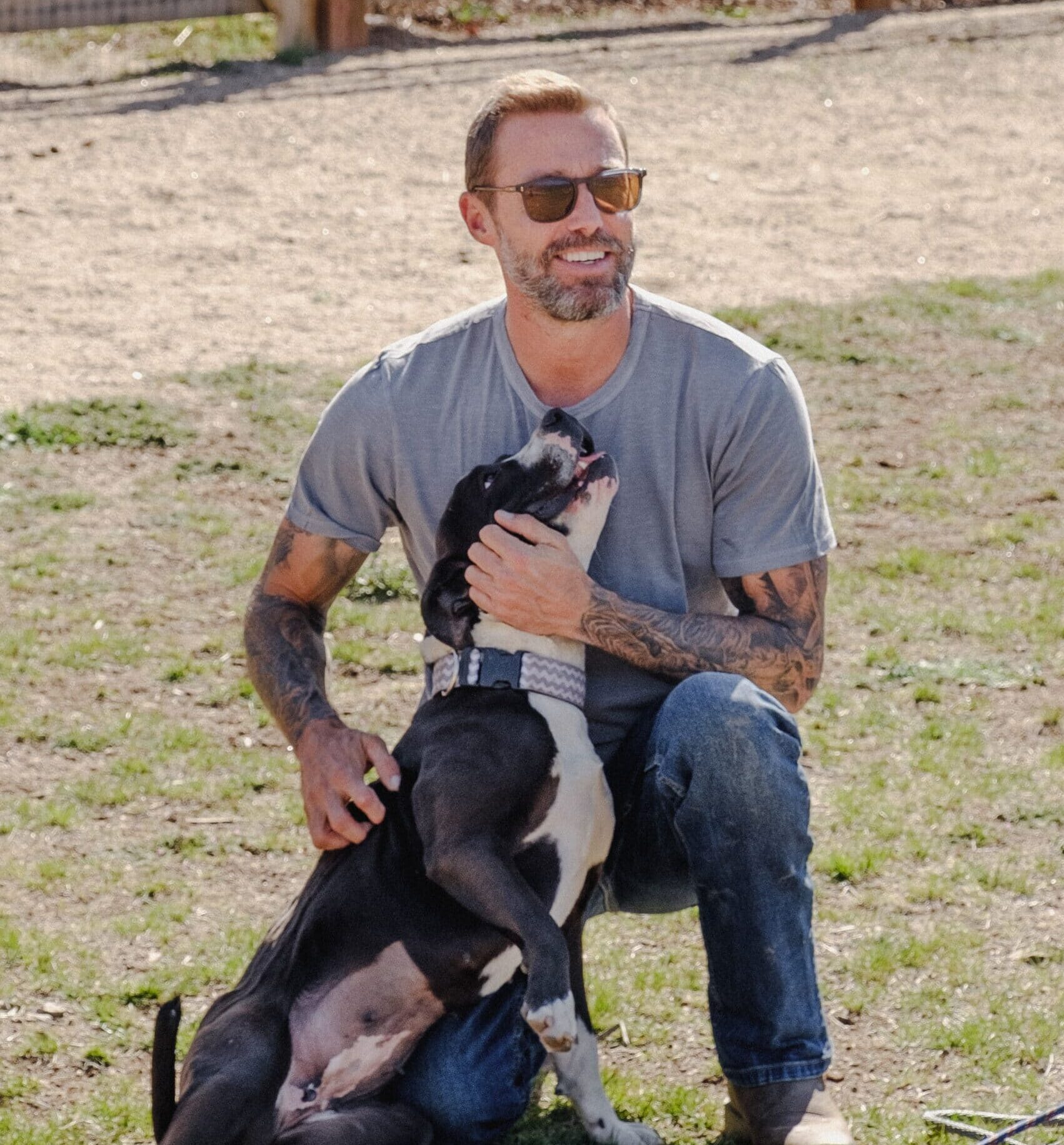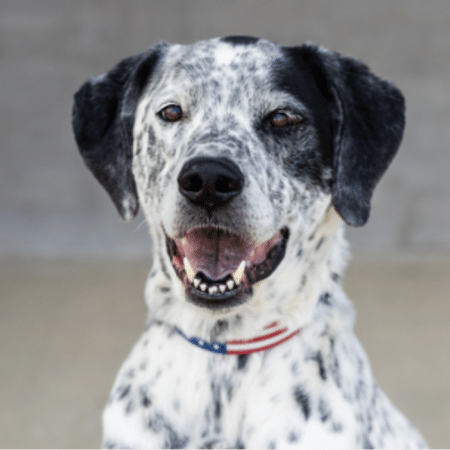Longmont Humane Society
On November 22, 1972, the Longmont Branch of the Boulder County Humane Society officially became the Longmont Humane Society. The shelter occupied a small patch of land at the edge of town, and most of the building itself had previously been a turkey shed. The challenges were enormous, and from the beginning, LHS confronted difficult issues in the community, from pet overpopulation to cruelty and neglect. In those days, LHS required adopted females to be spayed, but only strongly recommended that males be neutered. For most of the 1970s, the situation remained tough. Shelter managers came and went, and the quality of animal care remained low due to lack of funds and a woefully inadequate facility. In 1977, for example, 72 percent of the 3,282 animals who came into the shelter were euthanized. In 1979, the demoralized director quit and the entire staff walked out, exhausted and stressed by poor working conditions, low salaries and the grim prospects for the animals in their care. Even the arrival of a new, energetic director in 1979 was not enough to improve those statistics. That year, the shelter received more than 5,000 animals, only 20 percent of which left alive. That was enough to get the board thinking seriously about building a new facility. The organization began to hold fundraising events while reaching out to the community to raise awareness about animal welfare issues. Relying on sweat equity, the staff built new kennels with donated materials. Sadly, disease caused by overcrowding and poor ventilation cause the depopulation of the entire facility in 1982. Five times during the next two years all dogs were euthanized, and all cats were euthanized twice in a single year. With such tragedies in mind, the staff and board began to raise money in earnest for a new, $500,000 building – a “sprayed concrete” dome. Adding to the urgency was a declaration from the American Humane Association that the old facility was beyond improvement, and would have to be condemned. After much debate, the Longmont City Council agreed to pay for half the construction costs. Boulder County donated land at the county fairgrounds to house the new shelter. LHS did its share, raising $250,000, and on May 24, 1984 work began. The new shelter opened in February 1985, ushering LHS into a new era. From the heartbreaking episodes of a few years earlier, in fact, the organization was recognized by AHA’s Standards of Excellence program, one of the few shelters to receive the honor. In the 1990s, LHS grew in every way, serving more people and animals every year. Volunteer numbers leaped past 200, and the shelter opened a spay-neuter clinic, hiring contract vets to perform surgeries on adopted animals. In 1995, the shelter took over management of the clinic, with the help of funds from the Animal Assistance Foundation. Today, all animals must be spayed or neutered before going home, and there is a veterinarian on staff. But as the community continued to grow, the famous dome began to experience its own overcrowding problems. Disease was once again a concern, and staff had to be creative in its use of space – birds in the hallway, kittens in the lunchroom, cats in the bathroom, and dogs in airline crates. The organization had launched a capital campaign to build a 3.2 million dollar expansion when it received a generous donation of 5 million dollars. That gift enabled the organization to expand its vision and build a much larger, state-of-the-art facility. In February 2008, LHS – animals, people, computers and all – migrated from the old dome into the 43,000-square-foot expansion that would anchor the new Longmont Humane Society Allen Center. Work continued, and in August, the newly renovated dome completed the 58,000-square-foot shelter. LHS has come a long way since 1972. More than 4,000 animals come through its doors every year, and more than 2,000 find loving, permanent new homes with the help of more than 80 staff – including a behavioral team to work specifically with dogs – and some 800 volunteers. Another 800 pets are reunited with their families, and many more are transferred to other shelters. The veterinary staff performs nearly 1,500 spay or neuter surgeries a year for shelter animals and another 1,500 for public animals helping to address the problem of pet overpopulation. Although change has been made, the focus of caring for the animals has not. In 2022, we celebrated 50 years of service to the people and animals of the community, and we continue to grow forward.
- AMA Animal Rescue
- Animal Care Centers of NYC
- Animal Friends of the Valleys
- Animal Haven
- Animal Lighthouse Rescue
- ARF Hamptons
- Austin Pets Alive
- Barktown Rescue
- Best Friends Animal Society in Los Angeles
- Billie's Buddies
- Brighter Days Dog Rescue
- Bullies and Buddies
- Colorado Animal Rescue
- Conway Area Humane Society
- Crusty Crew Rescue
- Dachshund Rescue South Florida
- Danbury Animal Welfare Society
- Diamonds In The Ruff Animal Rescue
- Dog Gone Seattle
- Dumb Friends League
- Family Dog Rescue
- Family Dogs New Life Shelter
- Finding Them Homes
- Foothills Animal Rescue
- Friends For Life
- Furever Freed Dog Rescue
- Gimme Shelter Animal Rescue
- Ginger's Pet Rescue
- Go Beyond Rescue
- Heartland Animal Shelter
- Helpaws
- Home At Last Dog Rescue
- Humane Rescue Alliance
- Humane Society of Boulder Valley
- Humane Society of the South Platte Valley
- Humane Society Tampa Bay
- I Stand With My Pack
- Last Chance Animal Rescue
- Lehigh Valley Humane Society
- Liberty Humane Society
- Longmont Humane Society
- Love Leo Rescue
- Loved At Last Dog Rescue
- Lucky 13 Rescue
- Marley's Mutts
- Middleburg Humane Foundation
- Morocco Animal Aid
- Morris Animal Refuge
- Muttville
- Nassau Humane Society
- National Brussels Griffon Rescue
- New York Bully Crew
- NorSled
- North Shore Animal League
- One More Dog Rescue
- One Tail At a Time
- Paws Chicago
- PAWS of Hawaii
- Paws of the North
- PAWS Philadelphia
- Perfect Pet Rescue
- Pet Haven
- Positively Forever Dog Rescue
- Pup Culture Rescue
- Sacramento Shelter Pets Alive
- Safe Hands Rescue
- Safe Harbor Lab Rescue
- Santa Barbara County Animal Services
- Save A Life BC
- Second Chance Animal Rescue
- Second City Rescue
- Sioux Falls Area Human Society
- Social Tees Animal Rescue
- Southampton Animal Shelter Foundation
- Stray Rescue of St.Louis
- The Good Dog Rescue
- This Is Houston
- Tony La Russa's ARF
- Toronto Humane Society
- Trio Animal Foundation
- VanderpumpDogs
- Villalobos Animal Rescue
- Wagmor Pets
- Wallis Annenberg PetSpace
- Wright-Way Rescue
- Young-Williams Animal Center

